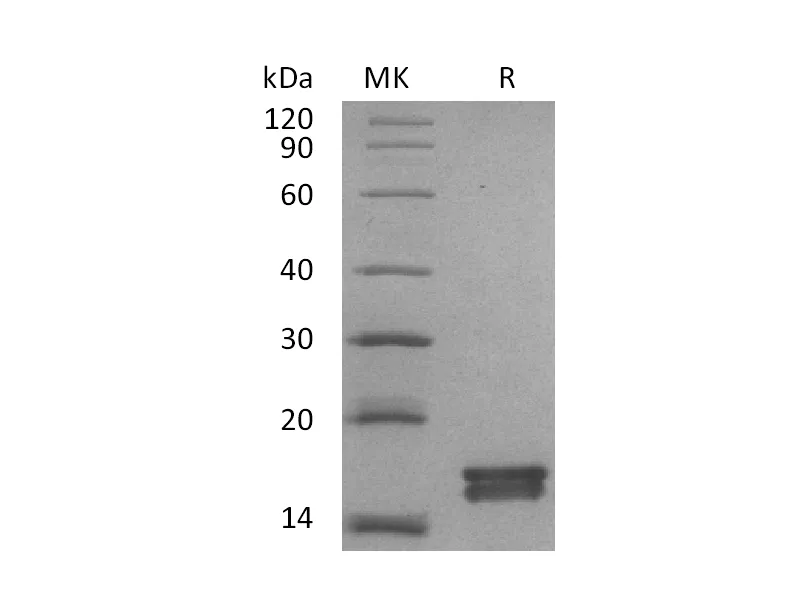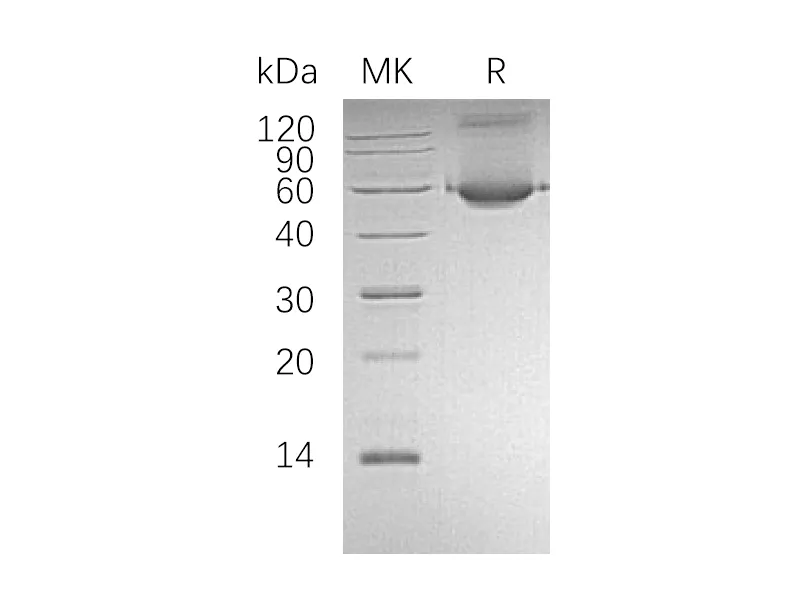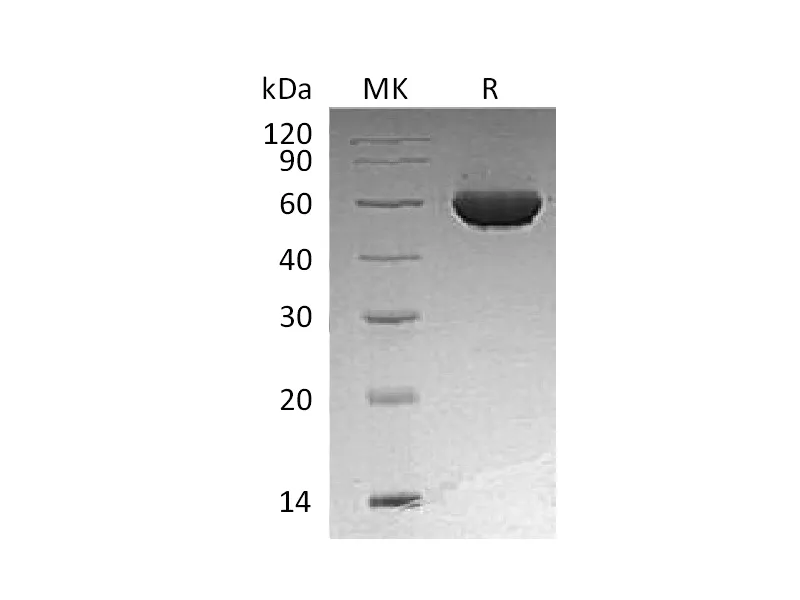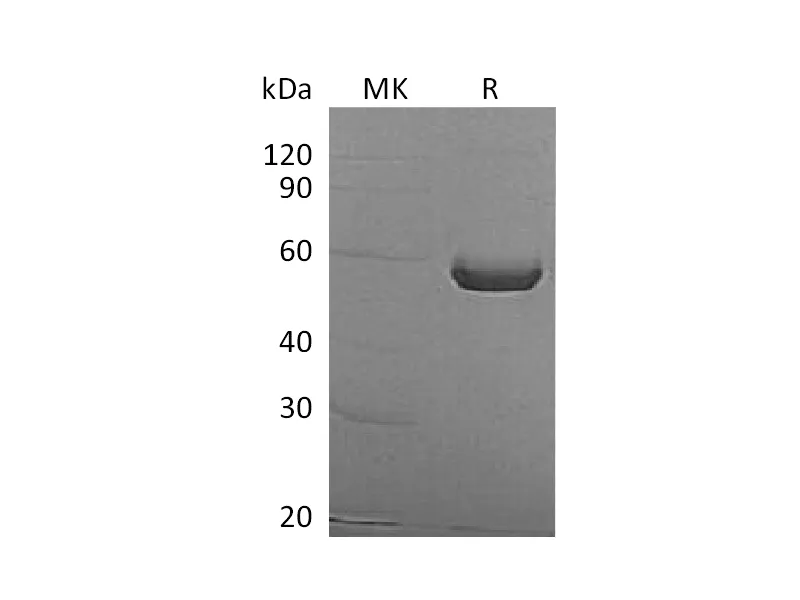Alternative Names
CD27 antigen; CD27L receptor; T-cell activation antigen CD27; Tumor necrosis factor receptor superfamily member 7; CD27
Background
Mouse CD27 is a single-pass type I membrane protein which is a member of the tumor necrosis factor receptor superfamily. CD27 is required for generation and long-term maintenance of T cell immunity. It binds to ligand CD70, and plays a key role in regulating B-cell activation and immunoglobulin synthesis. CD27 transduces signals that lead to the activation of NF-κB and MAPK8/JNK. Adaptor proteins TRAF2 and TRAF5 have been shown to mediate the signaling process of this receptor. CD27-binding protein (SIVA), a proapoptotic protein, can bind to this receptor and is thought to play an important role in the apoptosis induced by this receptor.
Note
For Research Use Only , Not for Diagnostic Use.




